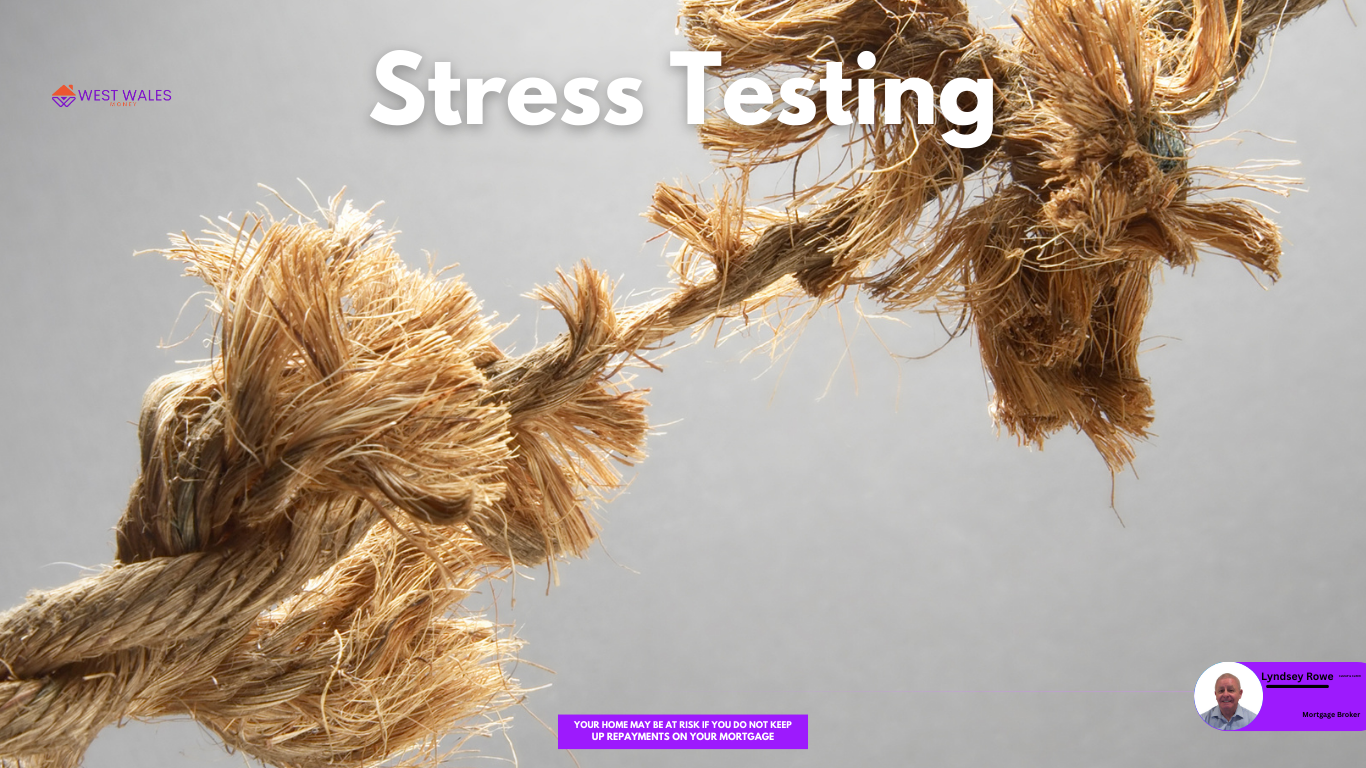
Mastering the UK Buy-to-Let Market Through Effective Mortgage Stress Testing
Are you thinking about investing in the UK property market? Buy-to-let properties can be an attractive option for generating income and achieving capital growth. However, before you proceed, it is essential to understand mortgage stress testing—a critical process used by lenders to evaluate your capacity to repay a mortgage under various scenarios. This guide will explain what is involved and how it impacts buy-to-let investors.
What is Mortgage Stress Testing
Mortgage stress testing is a method used by lenders to assess your ability to handle mortgage payments under different financial conditions. This evaluation helps lenders ensure that you will not default on your loan, even if faced with unexpected challenges, like rising interest rates or reduced rental income.
For buy-to-let investors, mortgage stress testing focuses on two primary aspects:
- Rental Income Assessment: Lenders examine your projected rental income against your mortgage payments and other associated costs. Typically, your rental income must cover at least 125% of your mortgage interest payments. However, this requirement can vary depending on the lender and the type of property.
- Interest Rate Sensitivity: Lenders also test your ability to manage payments if interest rates increase significantly. They usually apply a hypothetical mortgage stress rate of 5.5% or higher to determine if you can still afford your mortgage payments under such conditions.
Successfully passing the mortgage stress test demonstrates to lenders that you are a dependable borrower and that your buy-to-let investment is viable and sustainable.
How Does Mortgage Stress Testing Affect Buy-to-Let Investors
Mortgage stress testing plays a significant role in the buy-to-let investment process, influencing various aspects of your financial strategy and decisions. Here is how:
- Borrowing Capacity:
The amount you can borrow for your buy-to-let property heavily depends on the results of the mortgage stress test. A strong performance can lead to better loan terms and interest rates, whereas failing the test or barely passing may limit your borrowing options or require exploring alternative financing methods. - Effect of Stress Testing for Lower and Higher-Rate Taxpayers:
When it comes to stress testing, the income tax rate you fall into can significantly influence your borrowing capacity. For higher-rate taxpayers, lenders often apply stricter stress tests, requiring a higher rental coverage ratio (usually 145% or more of the mortgage interest payments) compared to the standard 125% for basic rate taxpayers. This is because lenders perceive higher-rate taxpayers as having less disposable income after tax, increasing the perceived risk of default. As a result, higher-rate taxpayers may qualify for lower loan amounts or face more stringent lending criteria. Conversely, lower-rate taxpayers typically benefit from less rigorous stress testing, allowing them potentially higher borrowing limits and broader access to competitive mortgage products. - Affordability Criteria:
To pass the mortgage stress test, you must meet specific affordability criteria set by lenders. These criteria typically include your personal income, existing debts, credit history, and overall financial stability. As a limited company director, presenting a solid financial profile is crucial to showing that you can manage your mortgage payments, even if rental income fluctuates or interest rates rise. - Property Type and Location:
The type and location of your buy-to-let property can significantly impact the mortgage stress test. For example, properties like HMOs (houses in multiple occupations) or holiday lets might offer higher rental yields but also come with added risks and costs. Similarly, investing in high-demand areas like London can involve higher property prices but also greater rental demand and growth potential. Lenders apply different stress test scenarios based on these factors, influencing your mortgage approval chances.
Tips for Managing Mortgage Stress Testing
-
Conduct Thorough Research: Before committing to a buy-to-let property, ensure you have done your due diligence. Research the property, the local rental market, potential tenants, and anticipated costs and returns. Use online tools like mortgage calculators to estimate your rental income, mortgage payments, and stress test results. Be conservative in your assumptions and prepare for worst-case scenarios.
-
Maintain a Strong Financial Profile: Keep your financial health in check by regularly monitoring your credit report, paying off existing debts, and improving your credit score. Save for a deposit and a contingency fund, develop a clear budget, and track your income and expenses. Avoid taking on new financial commitments that could negatively impact your affordability or stress test results.
-
Stay Informed: Keep up with changes in interest rates and market trends to make informed decisions about your property investments. Being aware of market fluctuations will help you adapt your strategy and maintain your investment’s profitability.
-
Use Online Calculators: Utilise mortgage calculators to assess your affordability and prepare for stress testing scenarios. These tools can provide a realistic view of your financial position and help you make more informed decisions.
-
Consult a Specialist Broker: Engaging with a mortgage broker who specialises in buy-to-let investments, particularly for purchases made through a limited company, can be highly advantageous.
Conclusion
Mortgage stress testing is a crucial factor that shapes the UK buy-to-let market, ensuring that investors can afford their mortgage payments even in challenging circumstances. It promotes responsible investment practices and contributes to the overall stability of the housing market.
As a buy-to-let investor, understanding the importance of mortgage stress testing is essential to securing favourable mortgage terms to get better deals and achieving success with your investment portfolio. By working with an experienced mortgage broker you can enhance your approval odds and find the best deals tailored to your needs.
If you found this guide useful, please share it with others who might benefit. Stay connected on social media for more insights, advice, and updates on mortgages and protection. 🙏

🏠 Smart decisions lead to successful mortgages! 🏠
For further information:
☎️ Call: 01267 887434 or 07508 147884
📩 Email: lyndsey@westwalesmoney.co.uk
#MortgageStressTesting #BuyToLetInvesting #LandlordTips #UKPropertyInvestment #PropertyPortfolio





